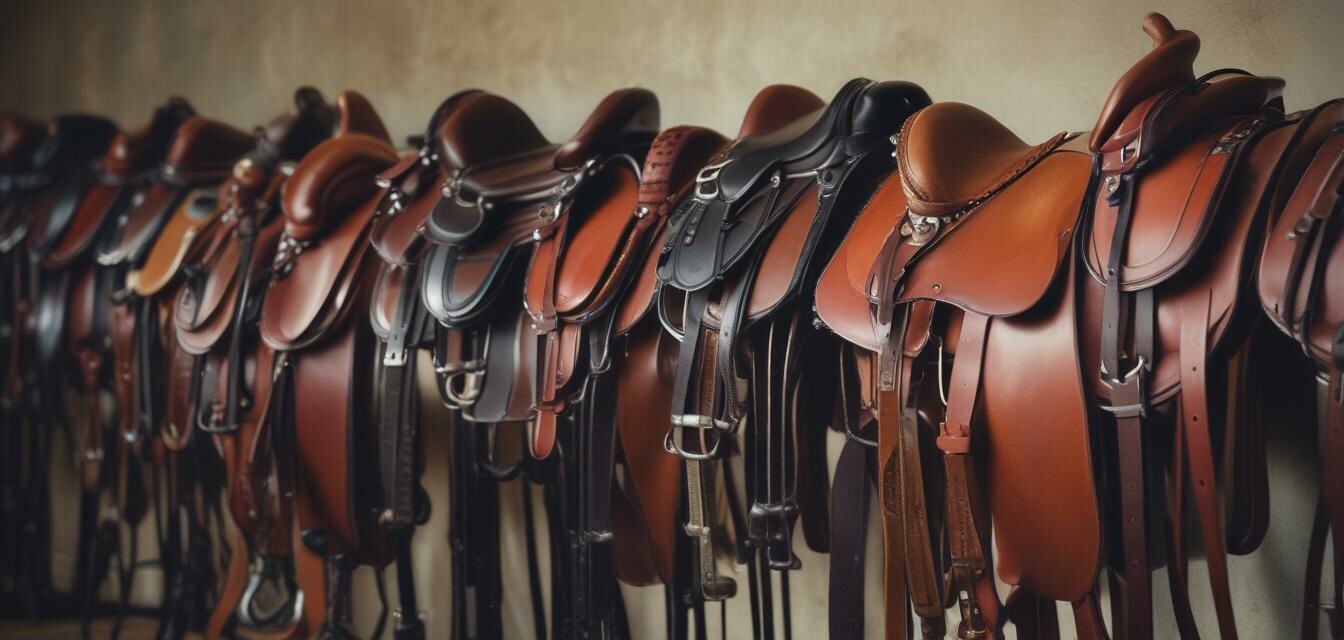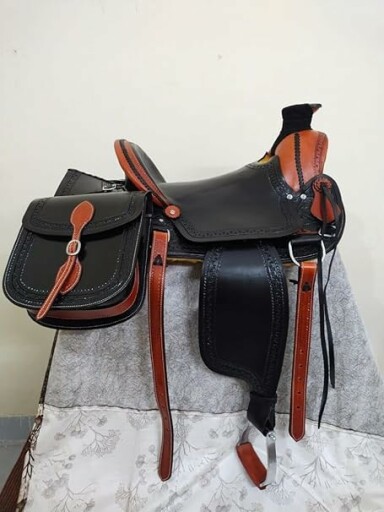
How to Choose the Right Saddle for Your Discipline
Key Takeaways
- Understanding your riding discipline is crucial in selecting the right saddle.
- Fit, materials, and design features are vital for comfort and performance.
- Matching saddle types with specific activities (like jumping or dressage) enhances your riding experience.
Choosing the right saddle can make a world of difference in your riding performance and your horse's comfort. Whether you're a beginner or a seasoned rider, knowing the right factors to consider will ensure that you select the optimal saddle tailored to your specific riding discipline.
Understanding Riding Disciplines
Different riding disciplines have specific requirements when it comes to saddle selection. Below are some common disciplines and their saddle types:
| Discipline | Saddle Type | Key Features |
|---|---|---|
| Dressage | Dressage Saddle | Deep seat, longer flaps |
| Jumping | Close Contact Saddle | Forward flaps, minimal padding |
| Western Riding | Western Saddle | High cantle, lots of tie-downs |
| General Riding | All-Purpose Saddle | Versatile for multiple disciplines |
Factors to Consider When Choosing a Saddle
1. Fit for You and Your Horse
It’s essential to ensure that the saddle fits both you and your horse correctly:
- Check the saddle tree width for your horse's back shape.
- The saddle should allow for freedom of movement without pinching.
- Make sure the saddle is comfortable for you as well, considering seat size and flap length.
2. Style and Design
The style of the saddle not only influences aesthetics but can also impact functionality. Consider:
- Color options: Choose a color that matches your riding gear.
- Design features: Look for padded knee rolls for added support.
3. Materials Used
The materials used in saddle construction affect durability and comfort:
- Leather is traditional and offers durability.
- Synthetic materials can be lighter and easier to maintain.
Introducing the Right Saddles for Your Needs
Here are two examples of saddles that can cater to different riding styles:
LeMieux Close Contact Saddle Pad
This English saddle pad combines style and durability with a premium cotton top and a soft Bamboo lining for maximum comfort.
Learn MoreA Fork Wade Tree Western Leather Saddle
This high-quality western saddle features a fiber glass tree, rolled fenders, and comes with matching accessories for a complete set.
Learn MorePros and Cons of Different Saddle Types
Pros
- Customization for specific riding disciplines enhances performance.
- Better fit improves comfort for both rider and horse.
- A range of styles available to match personal preferences.
Cons
- Costs can vary greatly depending on materials and customizations.
- Finding the perfect fit may require trial and error.
- Some saddles may require special care and maintenance.
Conclusion
Selecting the right saddle is a vital investment in your riding discipline. By considering the factors outlined above, you can ensure that both you and your horse enjoy a successful and comfortable riding experience. For more insights on riding gear and best practices, check out our Rider Tips and Advice section.


